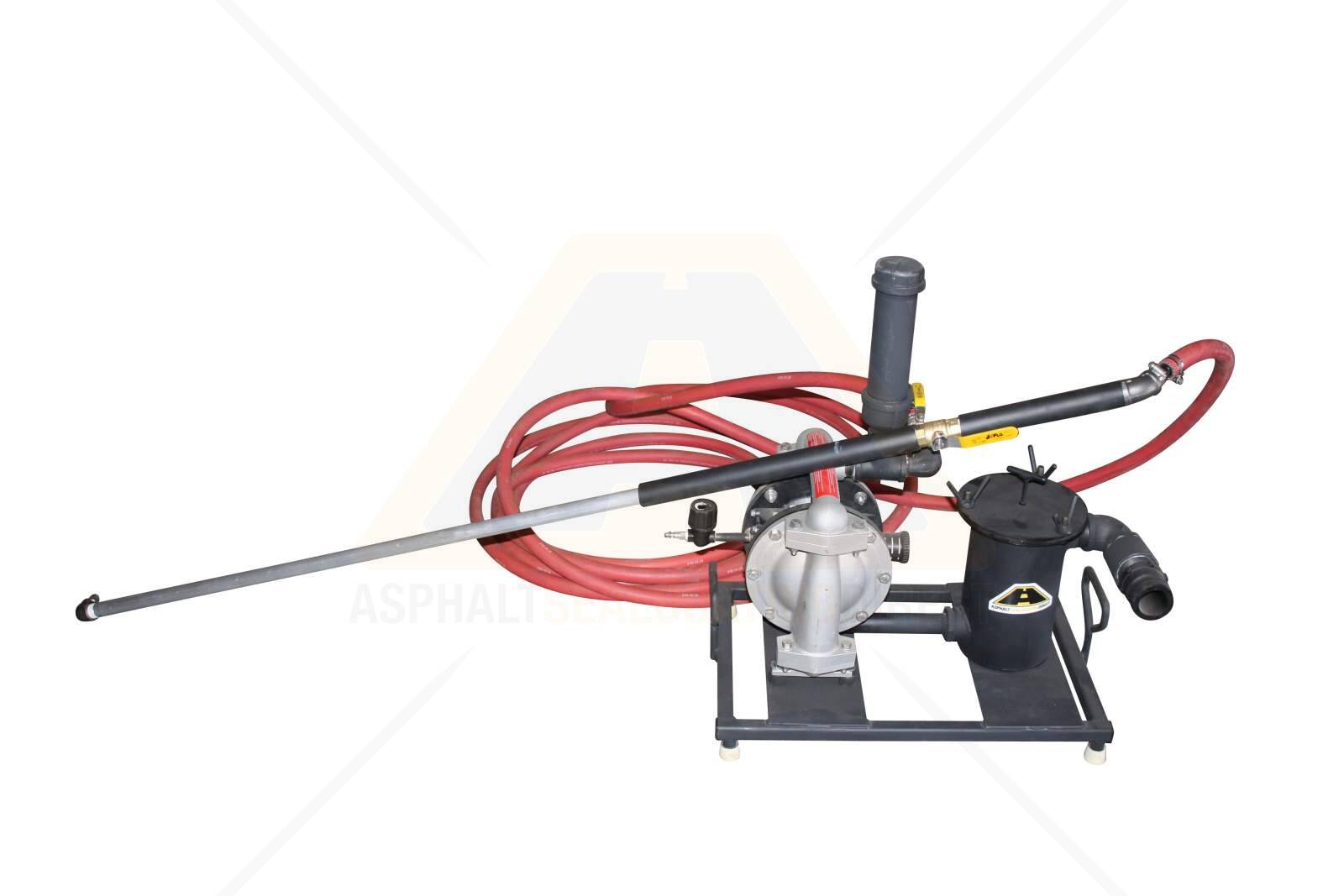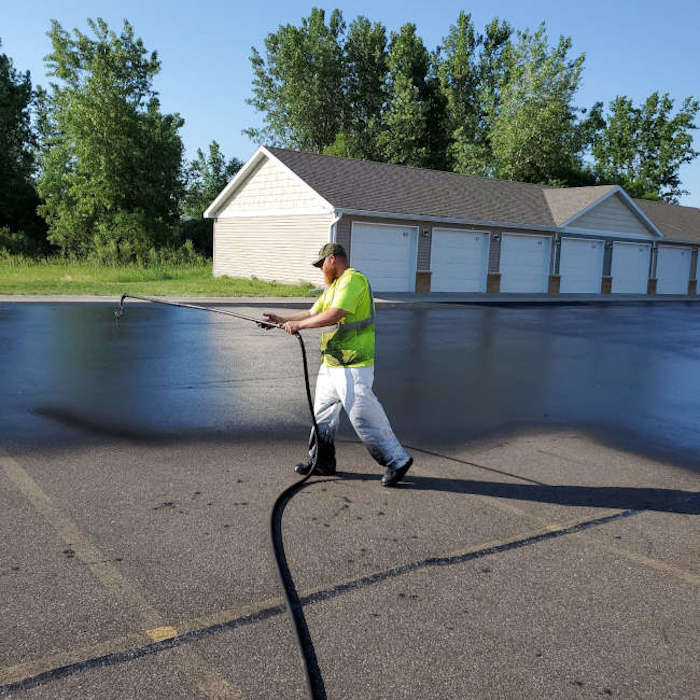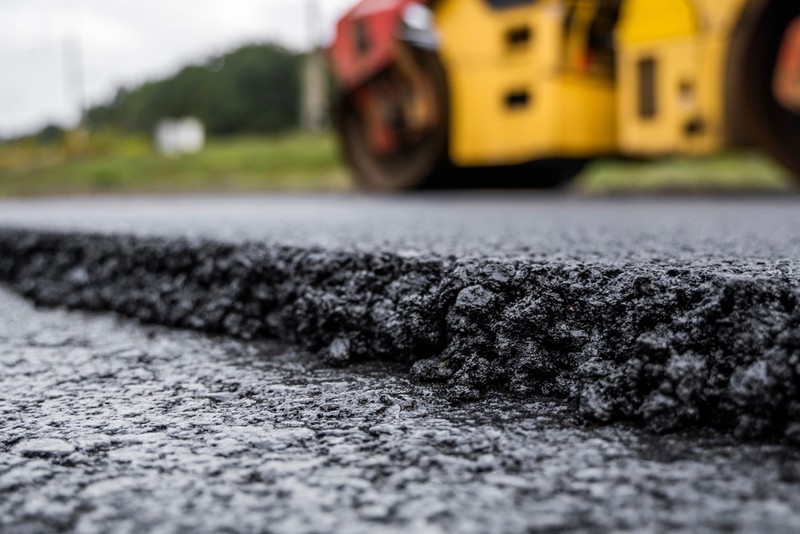Release the Potential: Regrading and Asphalt Sealing for Business Areas
Release the Potential: Regrading and Asphalt Sealing for Business Areas
Blog Article
Warm Mix Asphalt: A Lasting Remedy for Pavement
Hot Mix Asphalt (HMA) has arised as a leading lasting option for pavement solutions, offering a myriad of cutting-edge modern technologies and environmental benefits. As the need for environmentally friendly building techniques expands, exploring the subtleties of HMA's sustainability can give useful understandings right into the future of sidewalk services.
Environmental Advantages of Warm Mix Asphalt

In Addition, Warm Mix Asphalt assists to mitigate city warm island impacts. Its dark color soaks up sunlight, minimizing the amount of warm reflected back into the ambience compared to lighter-colored pavements. This can decrease ambient temperatures in metropolitan areas, decreasing the need for a/c and ultimately decreasing power intake.
On top of that, Hot Mix Asphalt adds to improved stormwater administration. Its permeable nature allows water to reenergize and penetrate the sidewalk groundwater supplies, lowering drainage and the threat of flooding. These environmental benefits make Hot Mix Asphalt a lasting option for leading roads and highways.
Energy Efficiency in HMA Production
Is energy effectiveness a vital aspect in the manufacturing of Hot Mix Asphalt (HMA)? Energy plays a significant function in the manufacturing of HMA, affecting both cost and ecological sustainability. One vital element of energy performance in HMA manufacturing is the use of warm mix asphalt (WMA) innovations.
In addition, advancements in plant innovations have resulted in more energy-efficient HMA production processes. Modern plants are designed with functions like recycled asphalt pavement (RAP) processing abilities, effective burner systems, and improved insulation, all adding to energy cost savings. By optimizing energy usage in HMA manufacturing, the sector can minimize its carbon impact while keeping premium pavement materials. Power efficiency is, consequently, a vital factor to consider in ensuring the sustainability of Warm Mix Asphalt production.
Recyclability of Hot Mix Asphalt
The recyclability of Hot Mix Asphalt (HMA) is an essential element of its sustainability and lasting ecological influence. HMA is just one of one of the most recycled products in the USA, with over 100 million lots of reclaimed asphalt sidewalk (RAP) being reused each year in new pavement building and construction. Reusing HMA provides several ecological benefits, such as decreasing the my blog need for virgin materials, decreasing energy intake during manufacturing, and reducing the quantity of waste sent to garbage dumps.
The procedure of recycling HMA includes crushing the existing pavement, squashing it into smaller items, and blending it with new aggregate and asphalt binder to produce a recycled mix. This recycled mix can often do in addition to and even far better than standard HMA, while requiring less resources and producing lower greenhouse gas exhausts. By integrating RAP into brand-new pavement projects, road agencies can preserve natural deposits, reduce prices, and lessen the ecological footprint of road building and upkeep tasks. In general, the recyclability of HMA plays a significant duty in promoting lasting techniques within the sidewalk market.

Long-Term Efficiency of HMA
Asphalt sidewalks show resilience and resilience over an extensive duration, reflecting the long-term performance of Warm Mix Asphalt (HMA) Additionally, advancements in HMA modern technology, such as the use of polymer-modified binders and warm mix asphalt, have better improved the longevity and longevity of HMA pavements. By prioritizing quality building and maintenance practices, HMA continues to confirm itself as a cost-effective and sustainable service for long-lasting pavement infrastructure.

HMA: Durability and Sustainability
Demonstrating both resilience and sustainability, Hot Mix Asphalt (HMA) has actually become a cornerstone in the building of long-lasting sidewalk infrastructures - regrading. HMA's sturdiness stems from its ability to stand up to hefty loads, harsh climate problems, and high web traffic volumes, making it a trustworthy selection for roadways, highways, and airport paths. The structure of HMA, which commonly consists of accumulations, binder, and filler, plays a critical duty in improving its long life and resistance to tear and use
Additionally, HMA's sustainability depends on its recyclability and energy-efficient production procedure. The ability to recycle read this post here recovered asphalt sidewalk (RAP) in brand-new HMA mixes decreases the need for virgin materials and lessens the ecological influence of pavement building and construction and upkeep. Additionally, the power effectiveness of creating HMA lies in its reduced mixing temperature levels visit this web-site compared to other pavement materials, leading to lowered power consumption and greenhouse gas discharges.
Final Thought
Finally, hot mix asphalt (HMA) supplies a lasting solution for pavement with its eco-friendly attributes. HMA's recyclability, power performance in manufacturing, and long-lasting resilience make it an environment-friendly option for road construction. By conserving all-natural sources, lowering waste, and reducing greenhouse gas emissions, HMA plays an essential function in advertising sustainability in infrastructure development. Its ability to minimize city heat island effects further emphasizes its value in creating eco conscious and durable pavement systems.
HMA is one of the most recycled materials in the United States, with over 100 million heaps of reclaimed asphalt pavement (RAP) being recycled each year in brand-new pavement building and construction.The process of reusing HMA includes milling the existing pavement, crushing it into smaller sized items, and blending it with brand-new aggregate and asphalt binder to develop a recycled mix.Asphalt pavements show sturdiness and durability over a prolonged duration, reflecting the long-term performance of Hot Mix Asphalt (HMA) Furthermore, developments in HMA modern technology, such as the use of polymer-modified binders and cozy mix asphalt, have additionally boosted the toughness and durability of HMA pavements. The capability to reuse recovered asphalt pavement (RAP) in new HMA mixes minimizes the demand for virgin materials and decreases the environmental effect of sidewalk building and construction and upkeep.
Report this page